Boom Cylinder For Hengte Wheel Excavator HTL60
Som en av produsentene, leverandørene og eksportørene av mekaniske produkter tilbyr vi hydrauliske sylindere og mange andre produkter.
Ta kontakt med oss for mer informasjon.
Post:sales@hydraulic-cylinders.net
Produsent, leverandør og eksportør av hydrauliske sylindere.
Boom Cylinder For Hengte Wheel Excavator HTL60
Product Overview
The Boom Cylinder for Hengte Wheel Excavator HTL60 is an essential hydraulic component specifically designed to control the movement of the boom in heavy machinery. As a type of hydraulic cylinder, it plays a crucial role in the hydraulic system of excavators, backhoe loaders, and front loaders. This cylinder enables the boom to lift, lower, and tilt, facilitating efficient material handling tasks. The boom cylinder operates under high pressure, allowing it to perform various lifting and digging functions, making it indispensable in construction and excavation work.
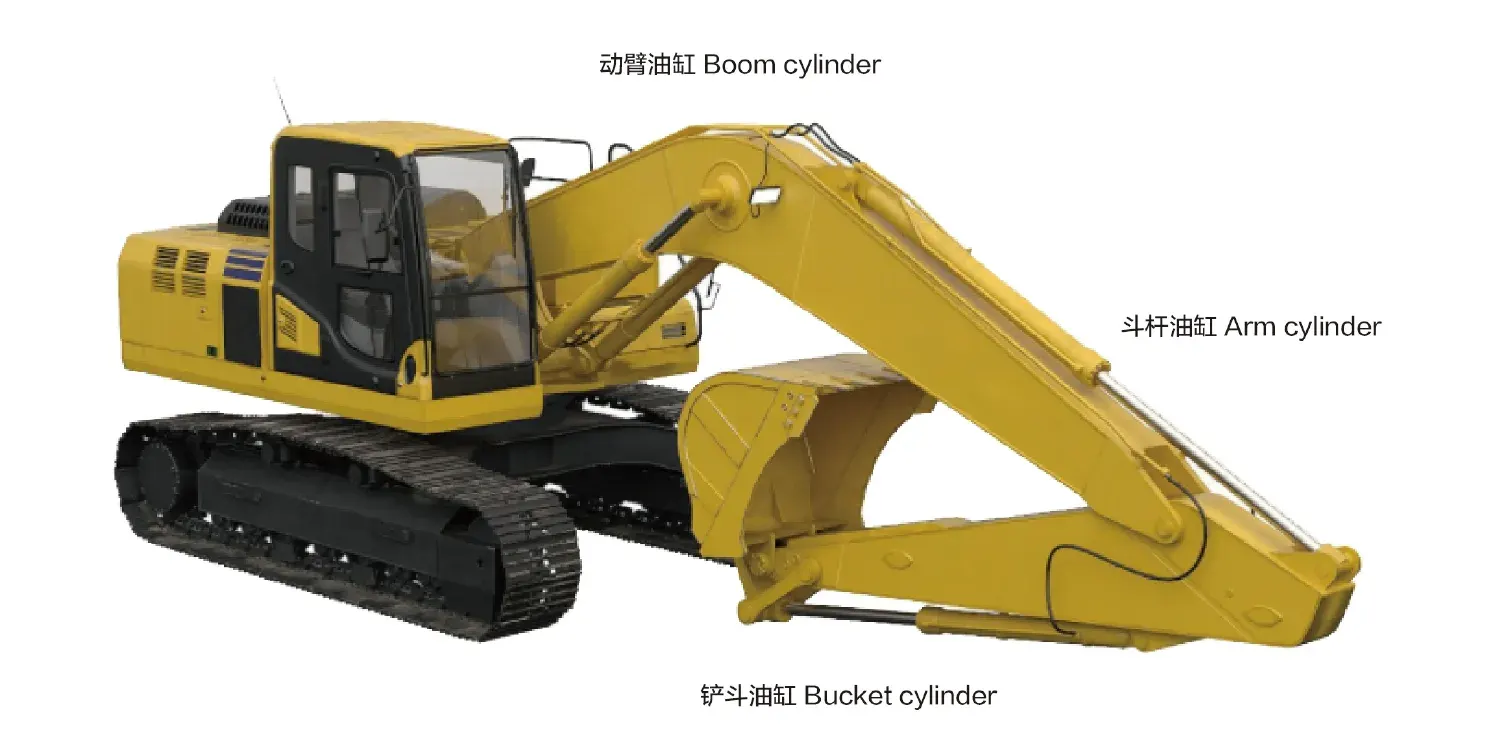
Key Features
-
High Strength and Durability
The boom cylinder is typically constructed from high-strength steel or aluminum, designed to withstand high pressure and heavy loads. Its design considers wear resistance and corrosion resistance, which extends its lifespan in harsh working conditions.
-
Efficient Hydraulic Operation
Utilizing the pressure of hydraulic oil, the boom cylinder allows for smooth telescoping actions. It can quickly respond to control commands, providing significant pushing and pulling force, making it suitable for handling heavy loads and complex tasks.
-
Diverse Types
Users can choose between single-acting (uses hydraulic pressure in one direction) or double-acting (uses hydraulic pressure in both directions) cylinders, according to their operational needs. Some models are telescopic, allowing greater extension without increasing the external dimensions, ideal for space-constrained applications.
-
Custom Production
We offer manufacturing capabilities for this product, ensuring that our cylinders can perfectly replace existing hydraulic cylinders without compromising performance.
-
Application Flexibility
The boom cylinder’s design accommodates various applications, providing versatility across different machinery types.
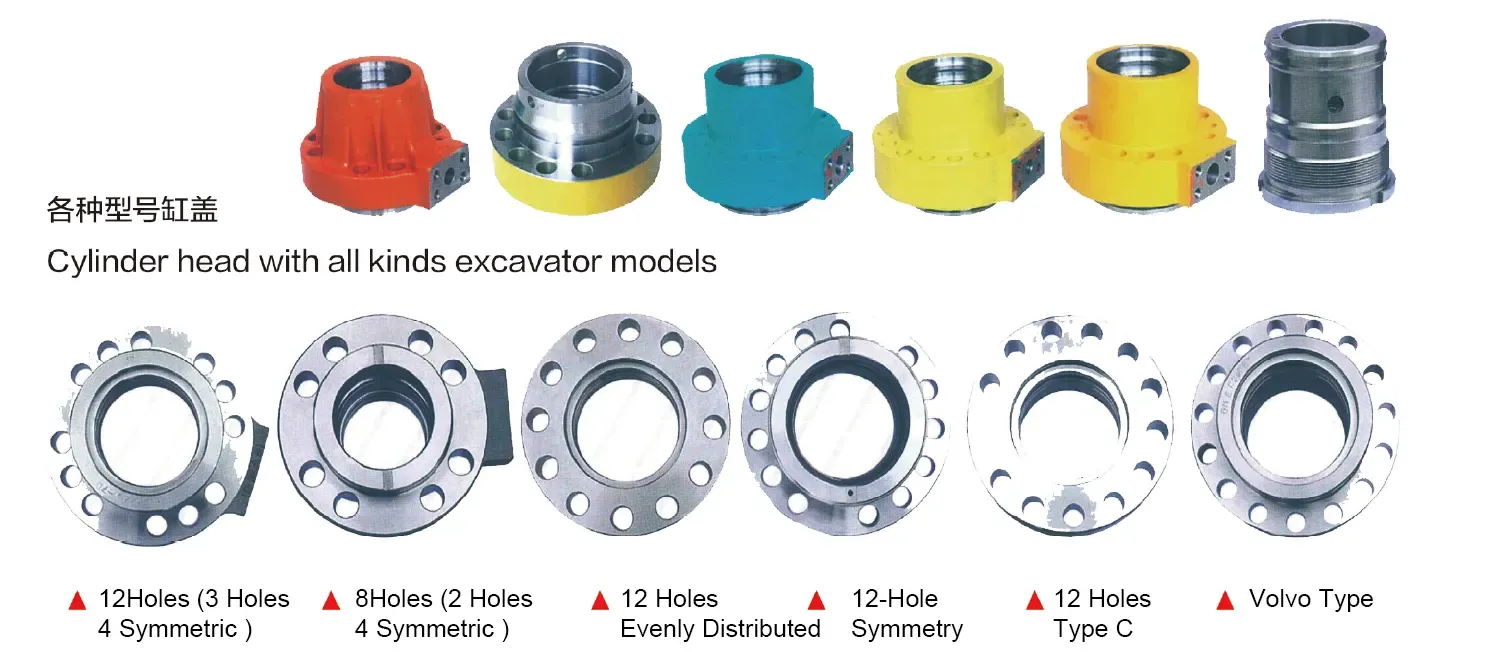
Application Scenarios
-
Construction Equipment
In excavators, boom cylinders are crucial for digging, loading, and moving soil or debris. They provide the necessary force to lift and lower the boom effectively, thus increasing productivity on-site. The integration of boom cylinders in backhoe loaders facilitates both digging and lifting operations, enabling versatile performance in diverse construction tasks.
-
Agricultural Machinery
In front-end loaders, these cylinders are responsible for scooping, lifting, and transporting soil, hay, and other materials. Their ability to exert significant lifting force is vital for efficient operations, reducing the time and labor required to handle agricultural tasks.
-
Excavators
The boom cylinder allows the bucket to penetrate the soil efficiently, transforming potential energy into kinetic energy for digging. Its design ensures that the boom can extend and retract smoothly, maximizing operational efficiency and minimizing wear.
-
Loaders
In front loaders, boom cylinders enable the lifting and dumping of loads efficiently. Their reliable performance ensures that materials can be moved quickly and effectively, which is essential for maintaining productivity in various applications.
Design Considerations
-
Load Capacity
The load capacity of the boom cylinder is a fundamental design consideration. It must be engineered to handle the maximum load expected during operation without failure. This involves selecting the right materials and construction techniques to ensure strength and resilience. The capacity also dictates the size and pressure specifications necessary for the hydraulic system. Careful calculations during the design phase ensure optimal performance and safety in heavy-duty applications.
-
Seal Quality
Effective sealing is crucial to prevent hydraulic fluid leakage and maintain pressure within the cylinder. The use of high-quality sealing materials, such as polyurethane and nitrile rubber, is essential for durability and performance. Seal designs must accommodate the dynamic movements of the cylinder while resisting wear and environmental factors. Regular maintenance and appropriate seal selection are vital for extending the service life of the cylinder.
-
Durability
Durability is paramount in the design of boom cylinders, particularly in harsh working environments. The materials used must withstand various stressors, including extreme temperatures, moisture, and abrasive materials. Corrosion resistance is also critical; hence surface treatments and coatings are often applied to enhance longevity. A durable design reduces the frequency of replacements and repairs, saving both time and money for the operator.
-
Safety Features
Safety features in the design of boom cylinders ensure the protection of operators and equipment. These may include pressure relief valves to prevent overloading and safety locking mechanisms that stabilize the boom when not in operation. A robust safety design not only enhances worker safety but also prevents accidental damage to the machinery. Compliance with international safety standards is crucial in the design process.
-
Maintenance and Serviceability
Designing for ease of maintenance is a critical consideration. Components should be accessible for inspection, repairs, or replacements without extensive disassembly. This design philosophy streamlines maintenance procedures, reducing downtime and operational costs. Additionally, documentation outlining maintenance schedules and procedures should accompany the cylinder to facilitate effective upkeep.

Sealing and Lubrication
The sealing and lubrication of boom cylinders are vital to ensure optimal performance and longevity. Various seals, such as piston seals and rod seals, are used to prevent hydraulic fluid leakage. The selection of durable materials like polyurethane and nitrile rubber for seals enhances wear resistance and prolongs their service life. Additionally, the cylinder body and threaded ends undergo precision machining to improve wear resistance. Regular maintenance involving the proper lubrication of the cylinder with hydraulic oil is necessary to minimize friction, prevent overheating, and ensure smooth operations. This routine lubrication not only enhances performance but also protects internal components from premature wear, making it essential for the long-term functionality of the boom cylinder.
Preventive Maintenance Measures
-
Regular Inspections
Conducting regular inspections is crucial to identify any signs of wear or damage early. Check for leaks, cracks, and abnormal noises during operation. Timely detection of issues allows for quick repairs, preventing further damage and ensuring operational safety.
-
Appropriate Lubrication
Ensuring that the boom cylinder is adequately lubricated helps reduce friction and wear. Use the recommended hydraulic oil and adhere to the lubrication schedule. Proper lubrication enhances performance and minimizes the risk of overheating, extending the cylinder’s service life.
-
Seal Replacement
Regularly check the condition of seals and replace them as needed to prevent hydraulic fluid leaks. Worn seals can lead to decreased efficiency and increased operational costs. Implementing a seal replacement schedule based on usage can help maintain cylinder integrity and performance.
Correct Installation Guidelines
Proper installation of the boom cylinder is critical for ensuring its functionality and longevity. Begin by preparing a clean and stable work environment to prevent contamination. Align the cylinder correctly during installation to ensure that it operates smoothly and without undue stress. It is advisable to use appropriate mounting brackets to secure the cylinder in place, preventing misalignment that could lead to premature wear or failure.
Before tightening bolts, double-check the alignment of all components to ensure they are correctly positioned. Follow the manufacturer’s torque specifications to avoid over-tightening, which can damage the cylinder. After installation, conduct a thorough operational test to verify that the cylinder functions correctly without leaks or abnormal noises. Regularly monitor the installation’s integrity and address any concerns promptly to maintain optimal performance.
Common Maintenance Tasks
-
Regular Checks
Conducting regular checks on the boom cylinder is essential. Inspect for leaks, corrosion, or other signs of wear. Early detection of issues allows for timely repairs or replacements, ultimately extending the cylinder’s lifespan.
-
Proper Lubrication
Ensure that the cylinder is lubricated according to the manufacturer’s recommendations. Adequate lubrication minimizes friction and prevents excessive wear, which can lead to cylinder failure. Regular lubrication is crucial to maintaining operational efficiency.
-
Seal Replacement and Calibration Checks
Regularly replace seals that have worn out to prevent hydraulic fluid leaks. Calibration checks ensure that the cylinder operates within the specified parameters, enhancing its performance and reliability. This maintenance task is vital for safety and efficiency.
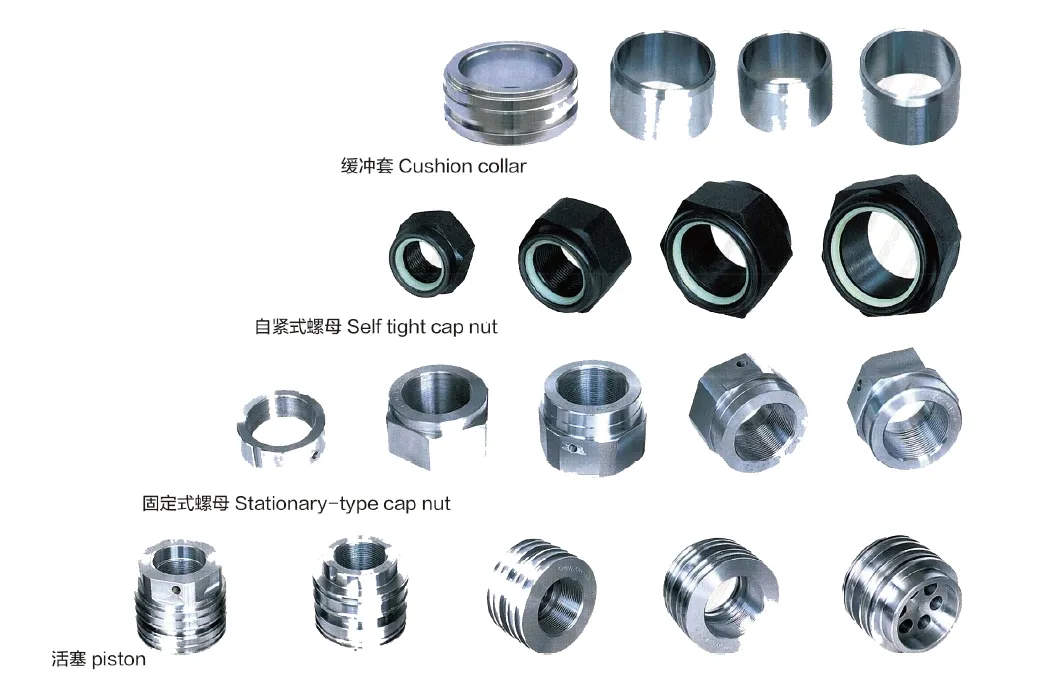
Safety and Environmental Considerations
When working with hydraulic cylinders, implementing safety measures is paramount to protect both personnel and the environment. Always follow proper safety protocols when operating equipment with hydraulic systems. Ensure that operators are trained to handle potential emergencies, such as hydraulic fluid leaks, which can pose risks to both health and the environment. Utilizing environmentally-friendly hydraulic fluids can also mitigate the impact of spills on surrounding ecosystems. Regular safety audits should be conducted to assess the effectiveness of safety measures and compliance with regulations.
Troubleshooting Common Issues
-
Fluid Leakage
One of the most common issues with boom cylinders is fluid leakage. This can occur due to worn seals or improperly installed components. Regularly inspect seals for wear and replace them as necessary. Ensure proper alignment and tighten fittings to prevent leaks.
-
Slow Response Time
If the boom cylinder is slow to respond, it may indicate low hydraulic fluid levels or air in the system. Check fluid levels and top up if necessary. Bleed the system to remove any trapped air for optimal performance.
-
Unusual Noises
Unusual noises during operation can signal potential issues, such as insufficient lubrication or damaged components. Inspect the cylinder and surrounding components for wear or damage. Ensure proper lubrication levels and apply the recommended hydraulic oil to reduce friction.
Implementing preventive measures can significantly reduce the occurrence of these issues. Regular maintenance and monitoring will help in identifying potential problems before they escalate into major failures.
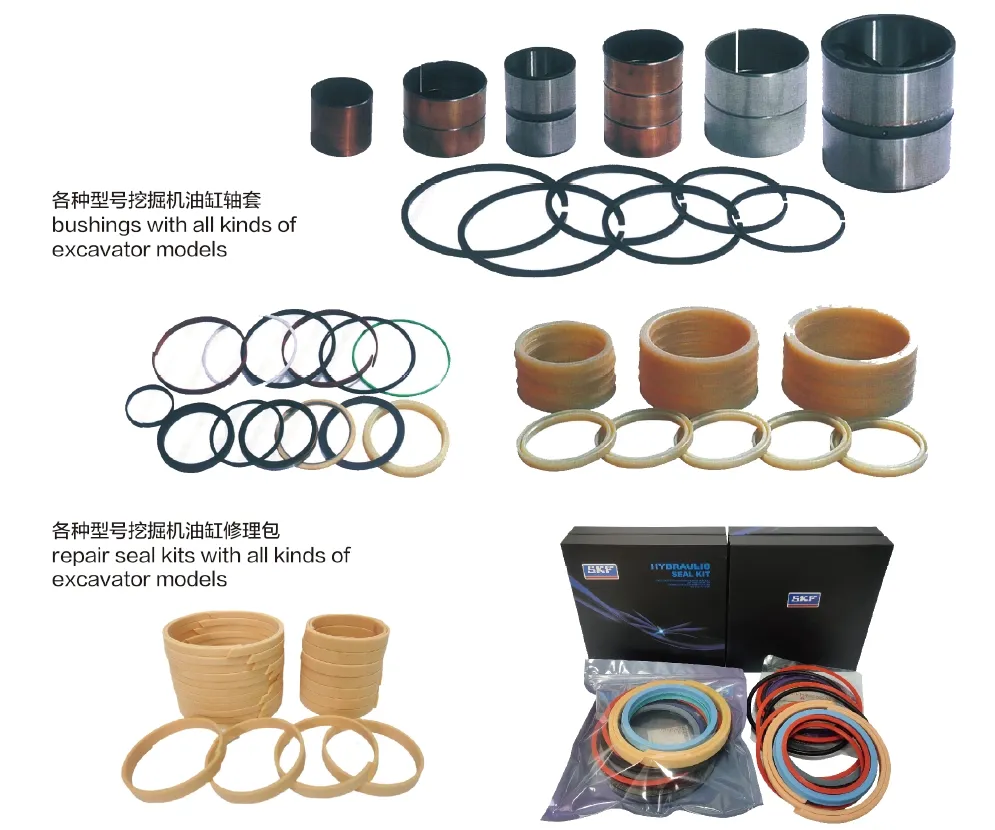
About Our Company
We are a leading manufacturer of replacement hydraulic cylinders, offering a complete range of products catering to both domestic and international markets. Our commitment to exceptional quality is reinforced by our refined manufacturing management strategy. We leverage skilled technical personnel, advanced digital manufacturing equipment, and robust testing systems to continually enhance our manufacturing capabilities. With a focus on high efficiency, accuracy, and quality, we aim to meet the diverse needs of our clients through custom services and international certifications.
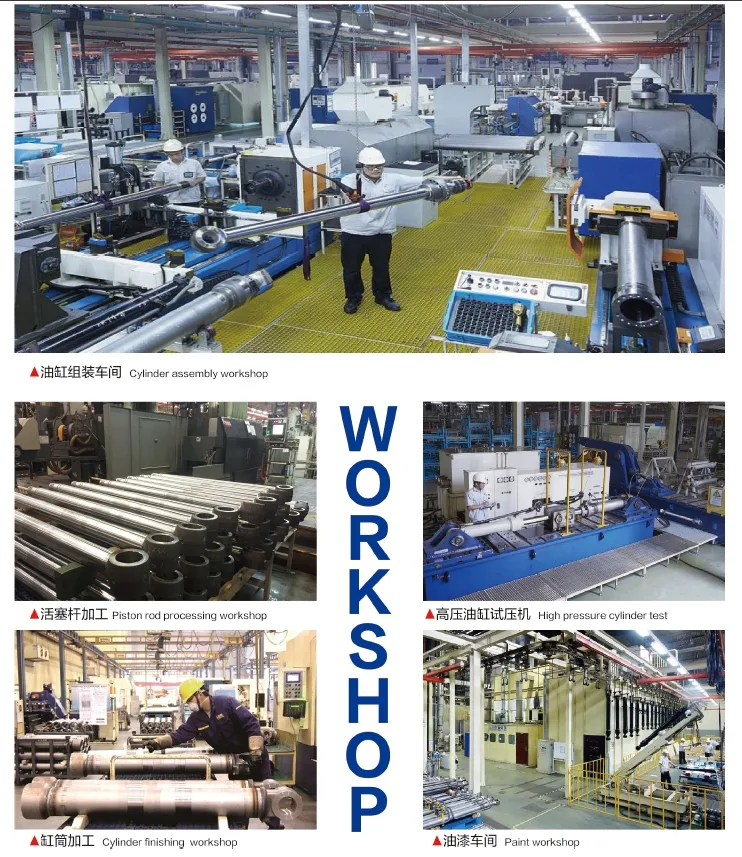
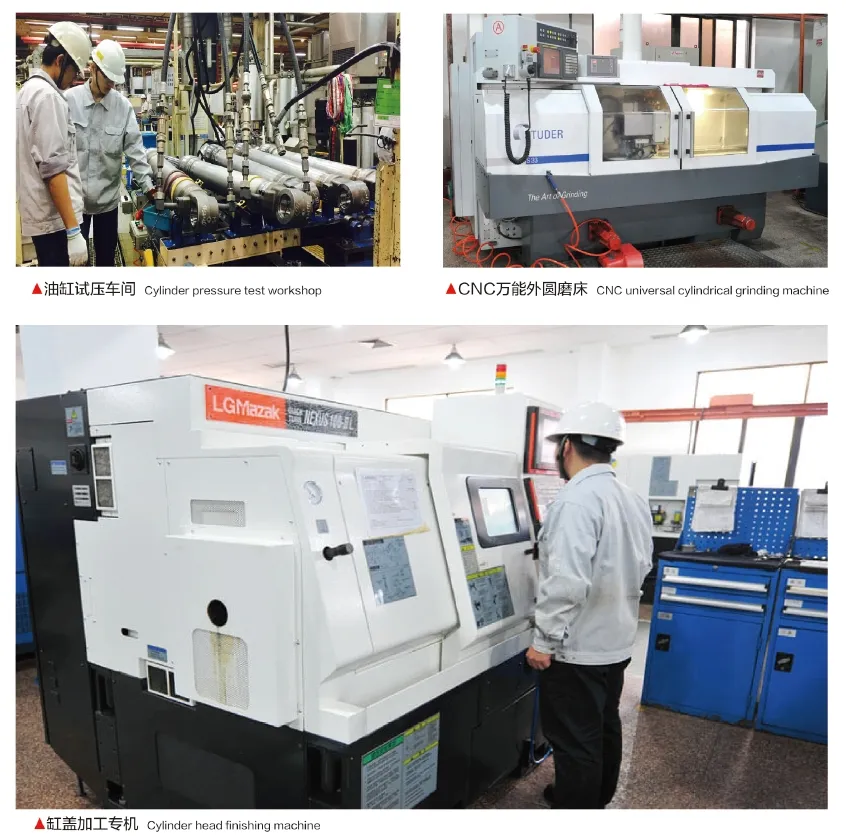
Author: lyl
Take a Tour of Our VR Factory:
Take a tour of our VR factory with the following
Hydraulic Cylinder Application:


